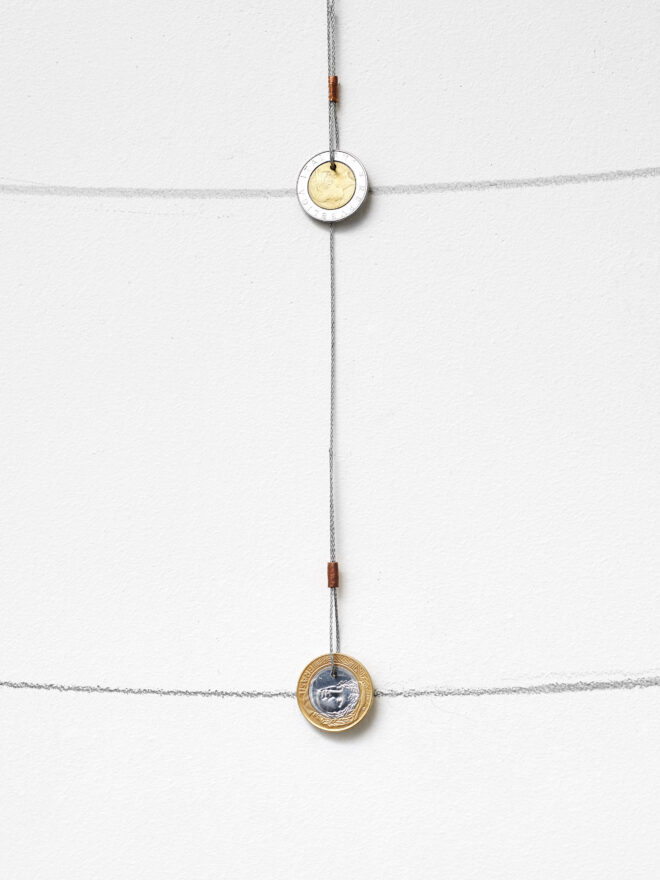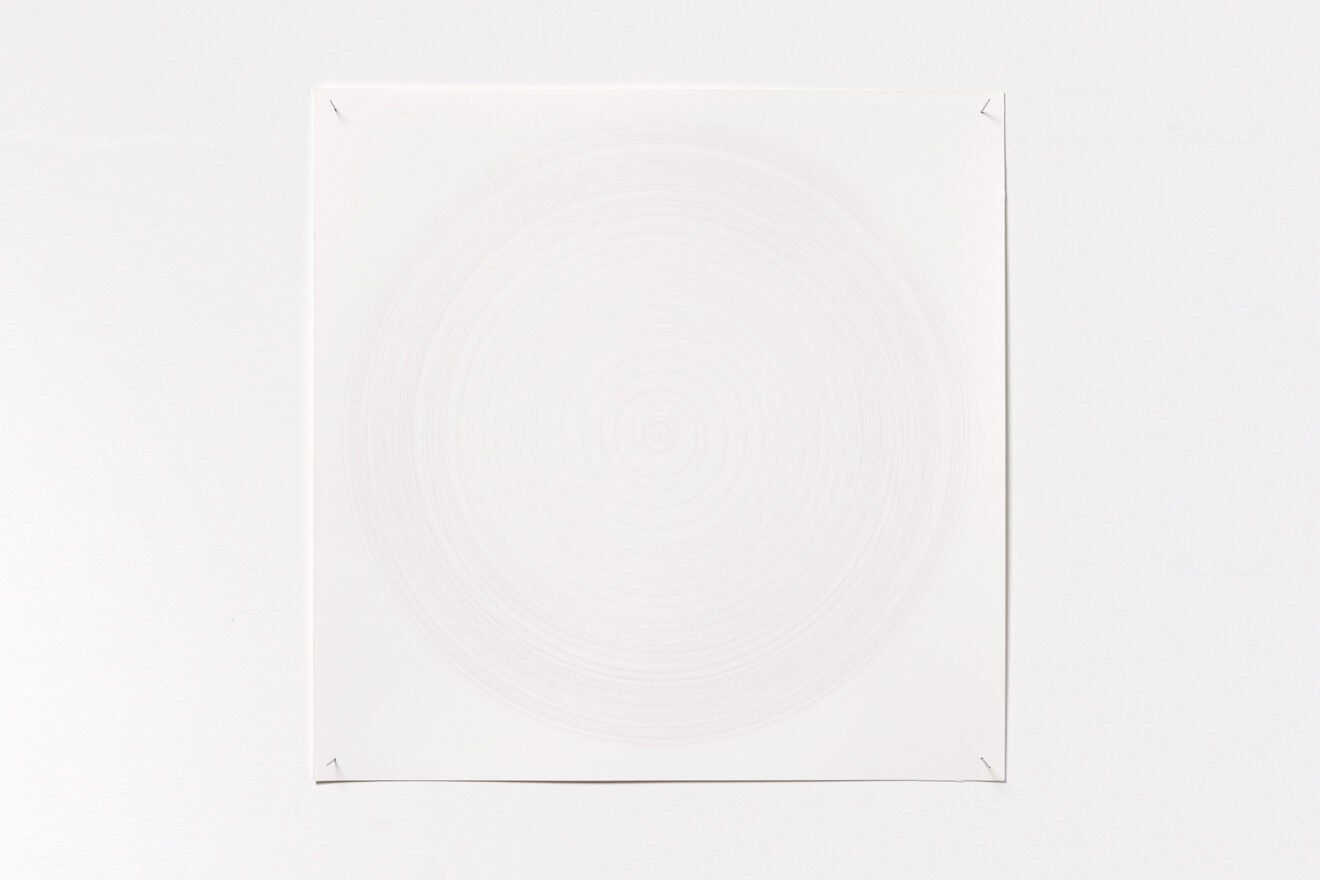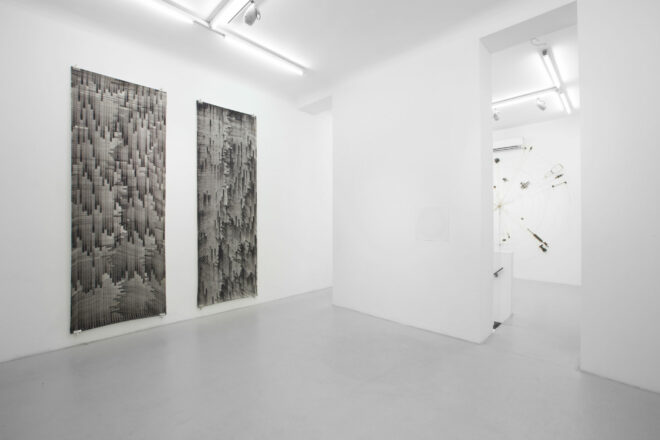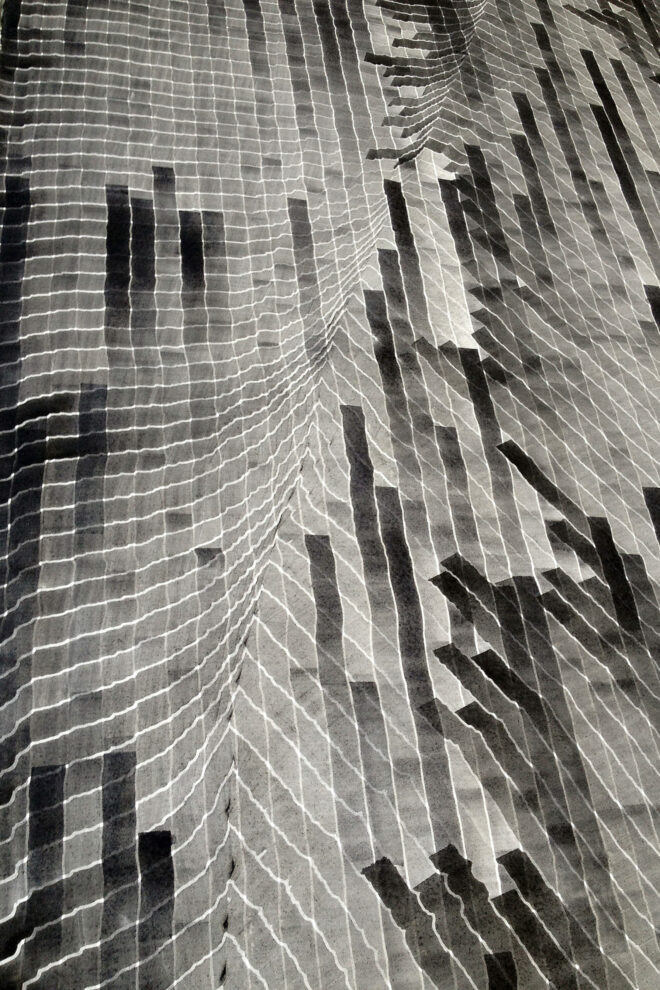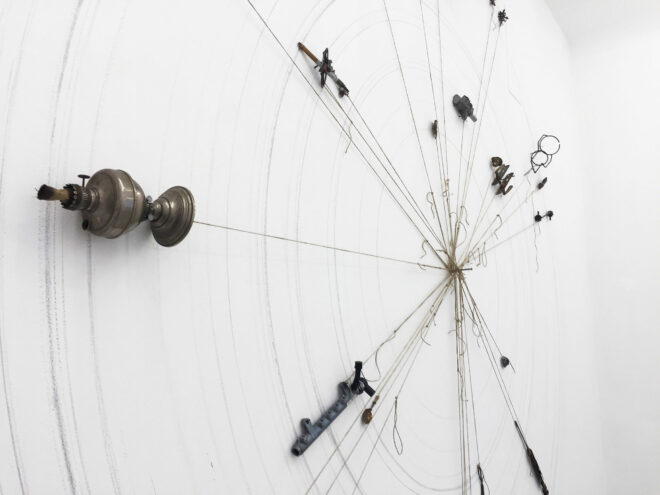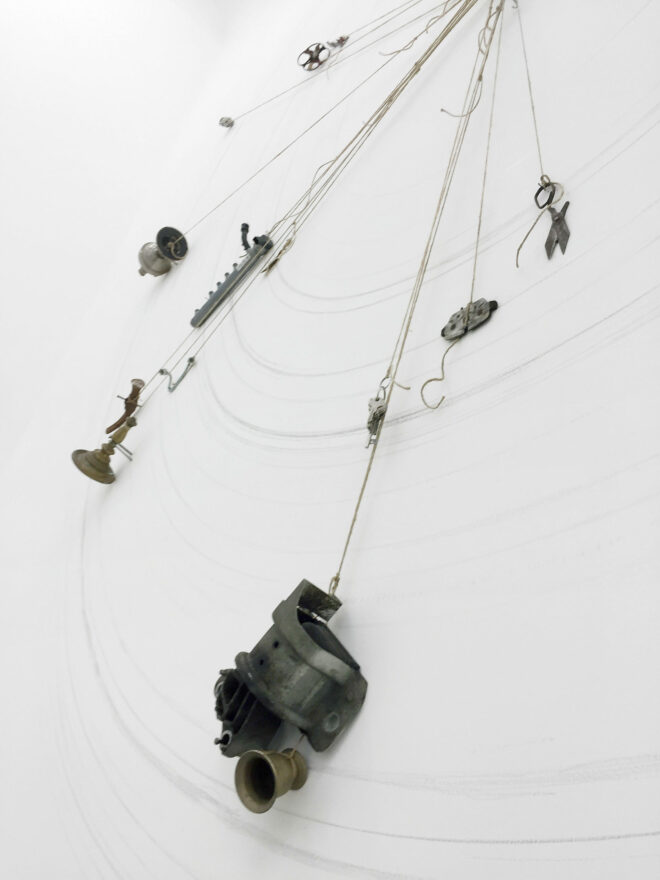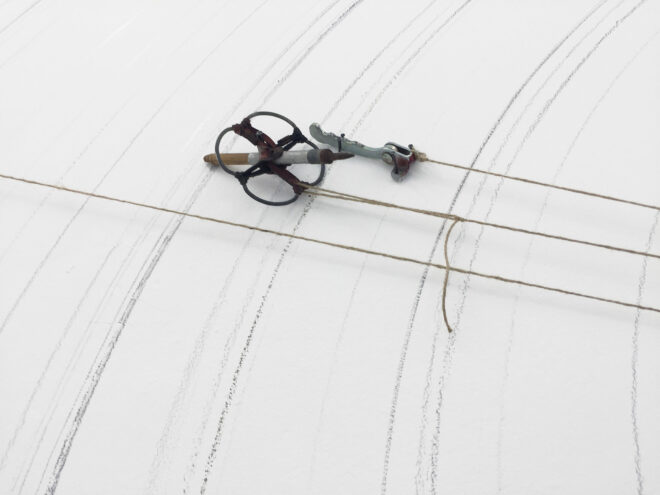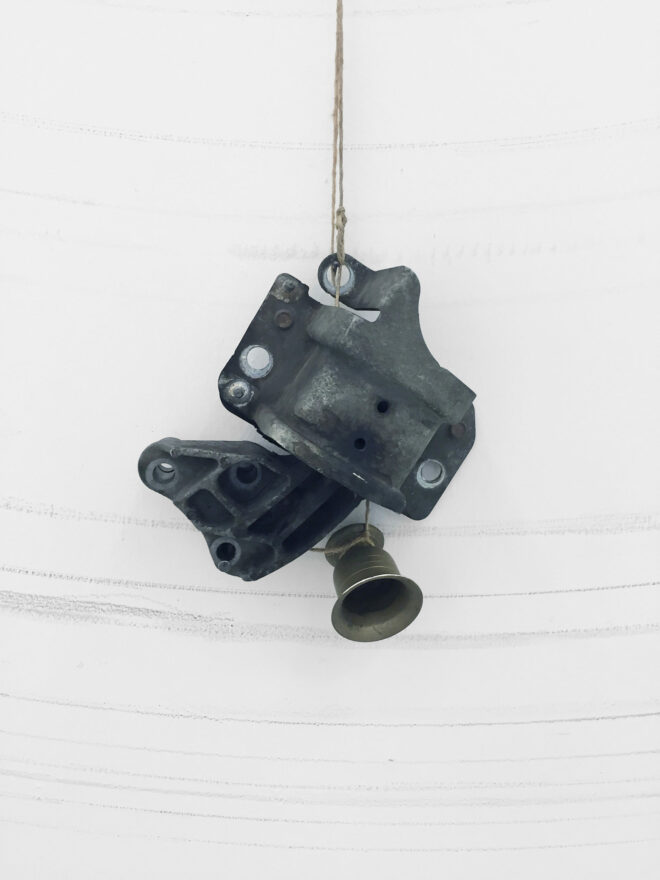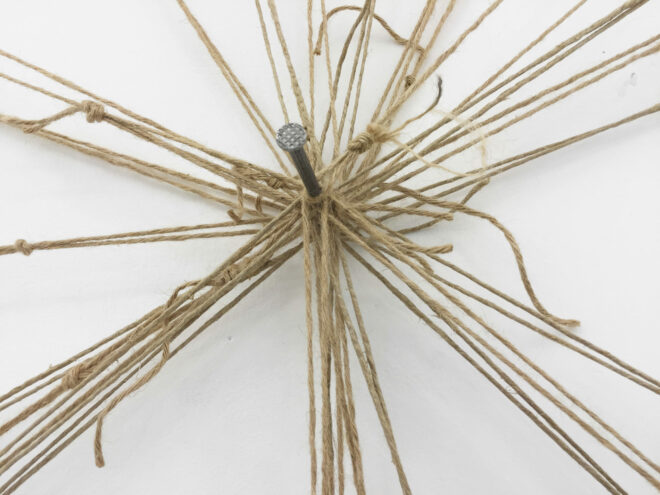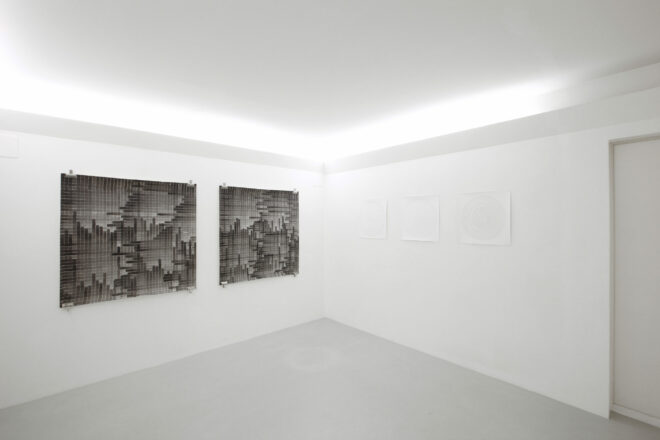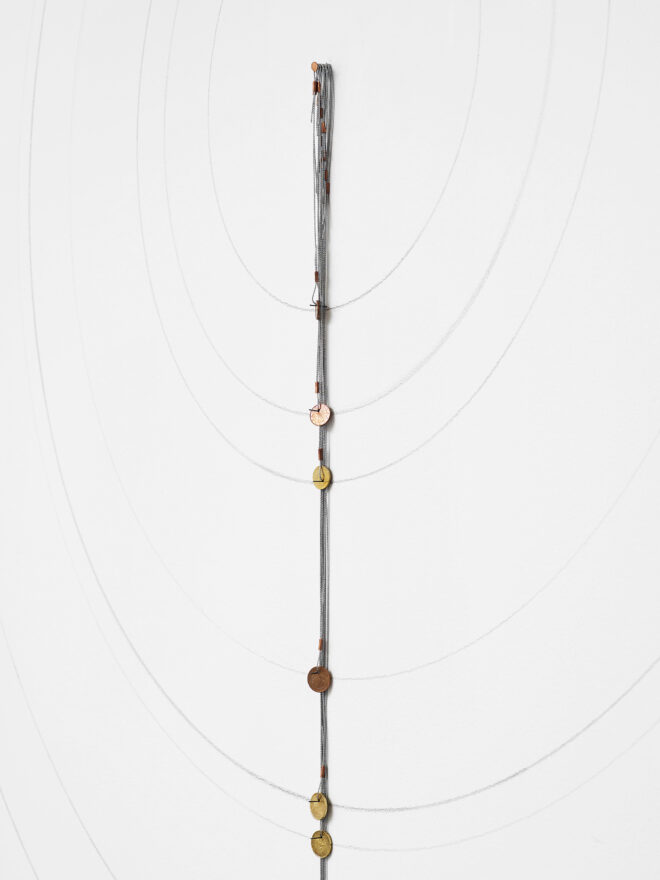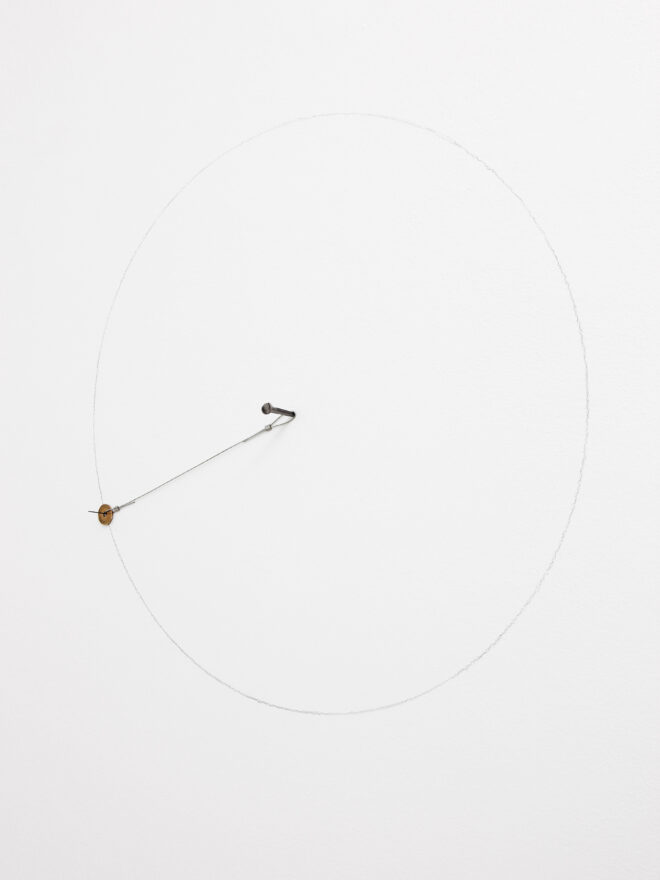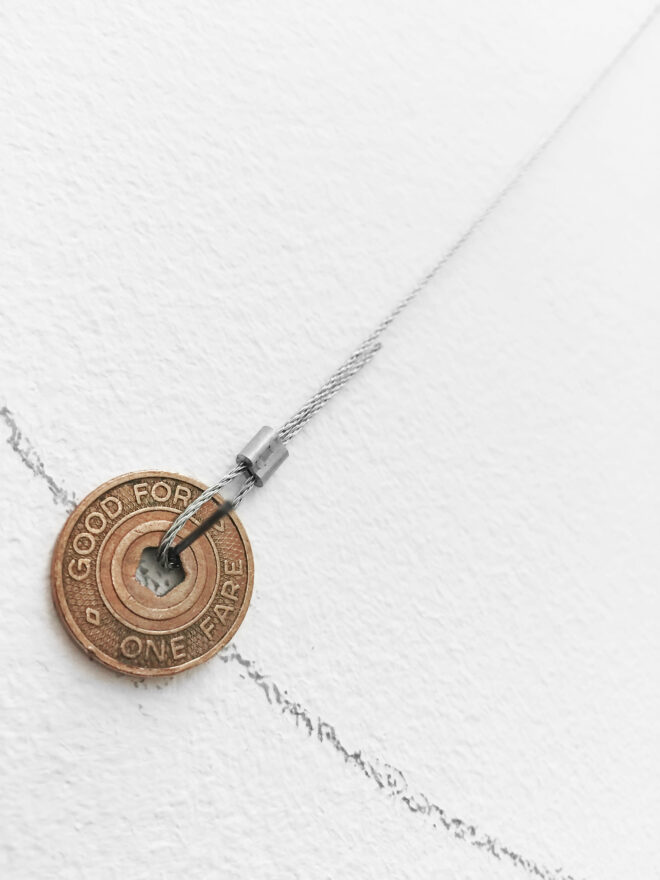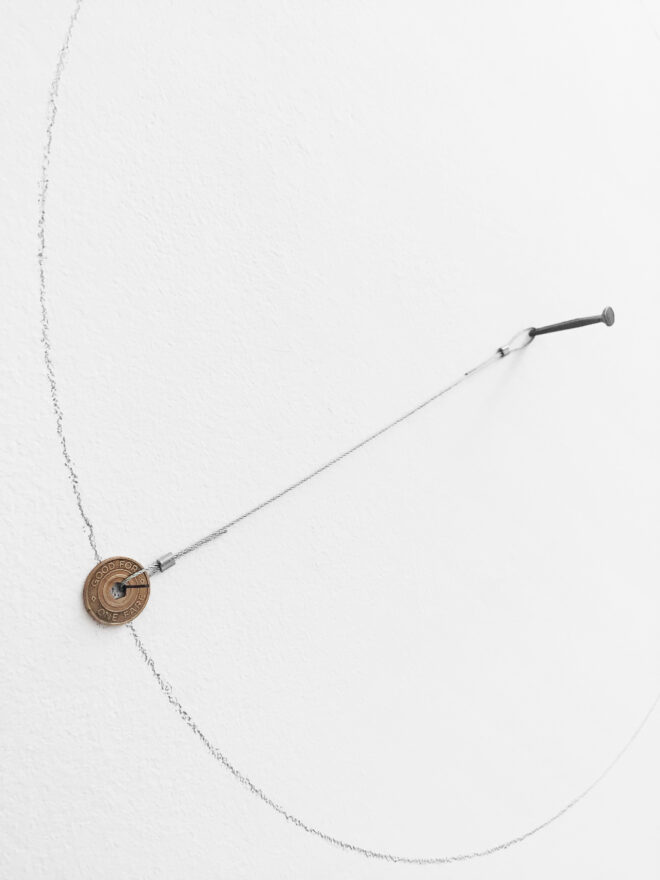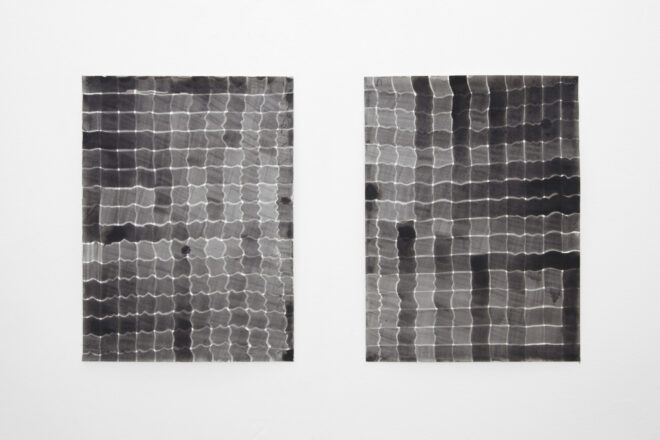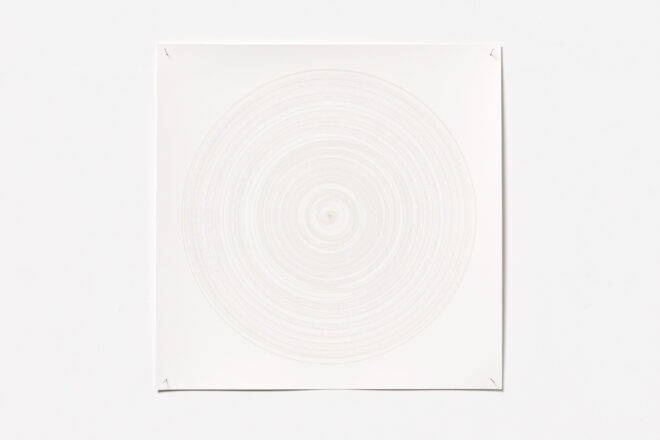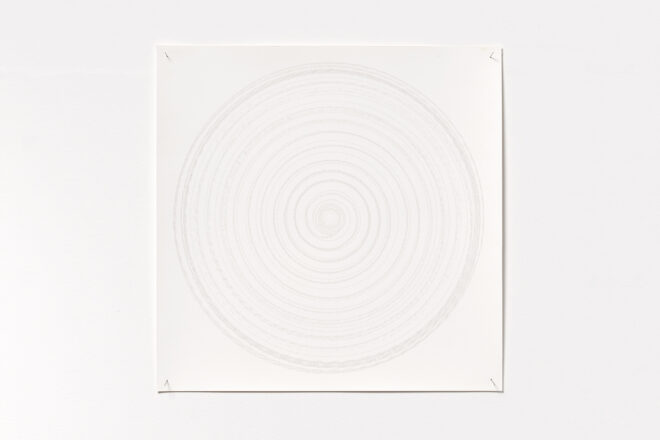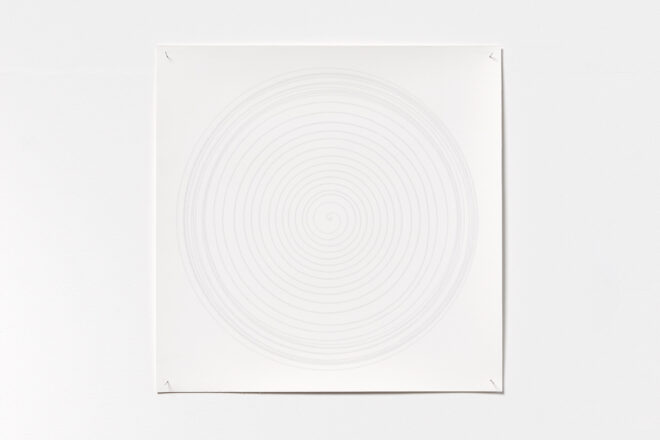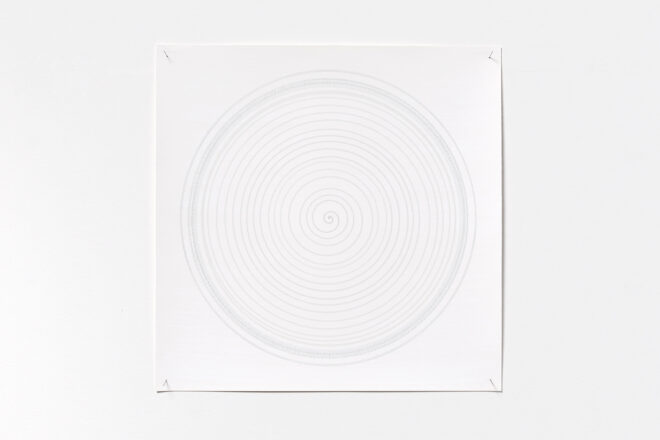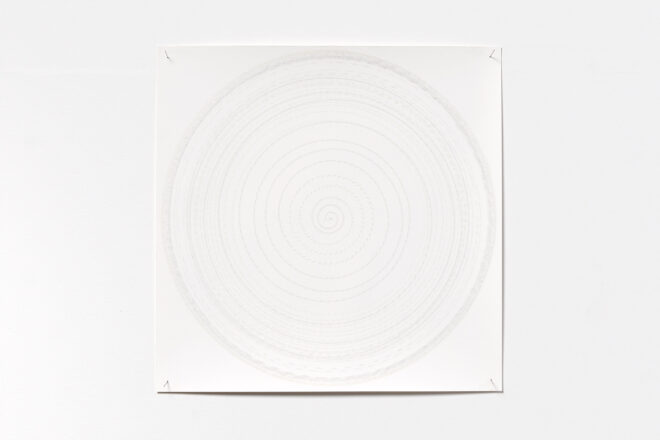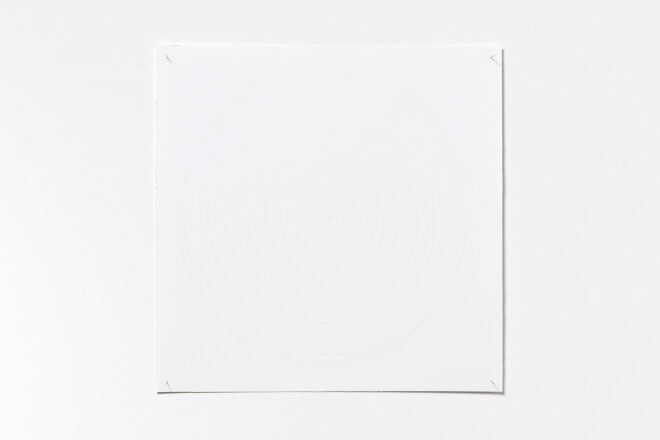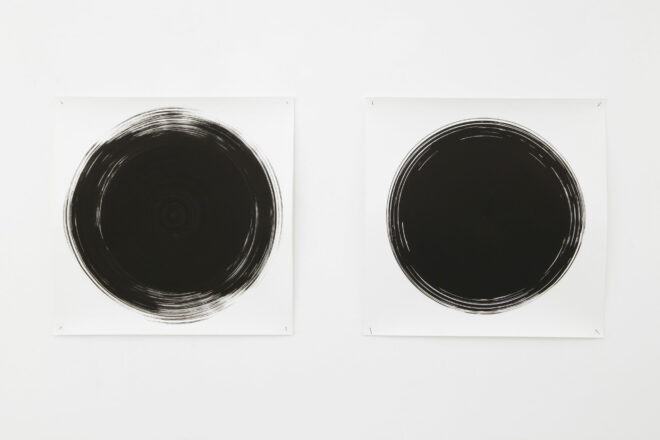Renata Fabbri arte contemporanea is pleased to announce the solo exhibition Photography Ends Here by the artist Sophie Tottie.
In Photography ends here Sophie Tottie underlines the shortcoming of the mechanic eye; the title implies her interest in focusing on a perceptual room where the “real” balances on the verge to the invisible but is yet possible to experience with the human eye.
The exhibition emphasizes the innate boundaries of the mechanical practice of photography, ending up in a perceptual blankness, which tend to erase major aspects of the works when photographed. In this way Tottie’s work unfold a perceptual concept of “blindness and slowness”1 as the visitor meditates on the work from different points of view. Similarly to William Blake’s words “For the Eye altering alters all”2 the works embrace the many meanings coming out from a more careful and deep vision.
The artist invites to codify the “Moving Target” series of drawings by the examination of the materials utilized, from metal to ink – and the supports where the marks have been traced. Spirals create an illusion of a depth while targets, more confrontationally, mark the surface – both (either through imagination or the presence of a physicality) suggest an “I”, where “the inner dimension” becomes a possible starting-point for reflection.
The round shaped wall drawings “Face Value”, “Tipping Point” and “Single Fare” are realized with marks of different metals, which, depending on the metal and the support used, sometimes achieve a trace of different shades, as if showing the inner soul of the marks or the metals themselves.
The usage of everyday devices such as spoons, rings, pieces of pure metals, go beyond the ”real” or “nominal” value and expresses something further about the work and its approach. In her first exhibition with these metal point drawings Tottie quotes a line from the exhibition Worthless “Value is always a term in a relationship, a term of measurement. Value is a discourse, an emotion, a memory, a desire, or all these at once.”3
“Oxidoplis” and “Oxid Square” show a different realization among the works: they are characterized by definite lines – creating weaves or visual textures (a parallel to lines creating text) and are built up by a permanent ink formerly used to sign documents or to prevent texts from fading. The oak gall ink used contains metal and literally oxides within the air as it is taken out to be applied on the paper. The ink goes from transparent to dark and the crossing-out (i.e. the overlaying of one line over another) decreases the visibility in the act of drawing.
Special thanks to Belenius Gallery – Stockholm.

